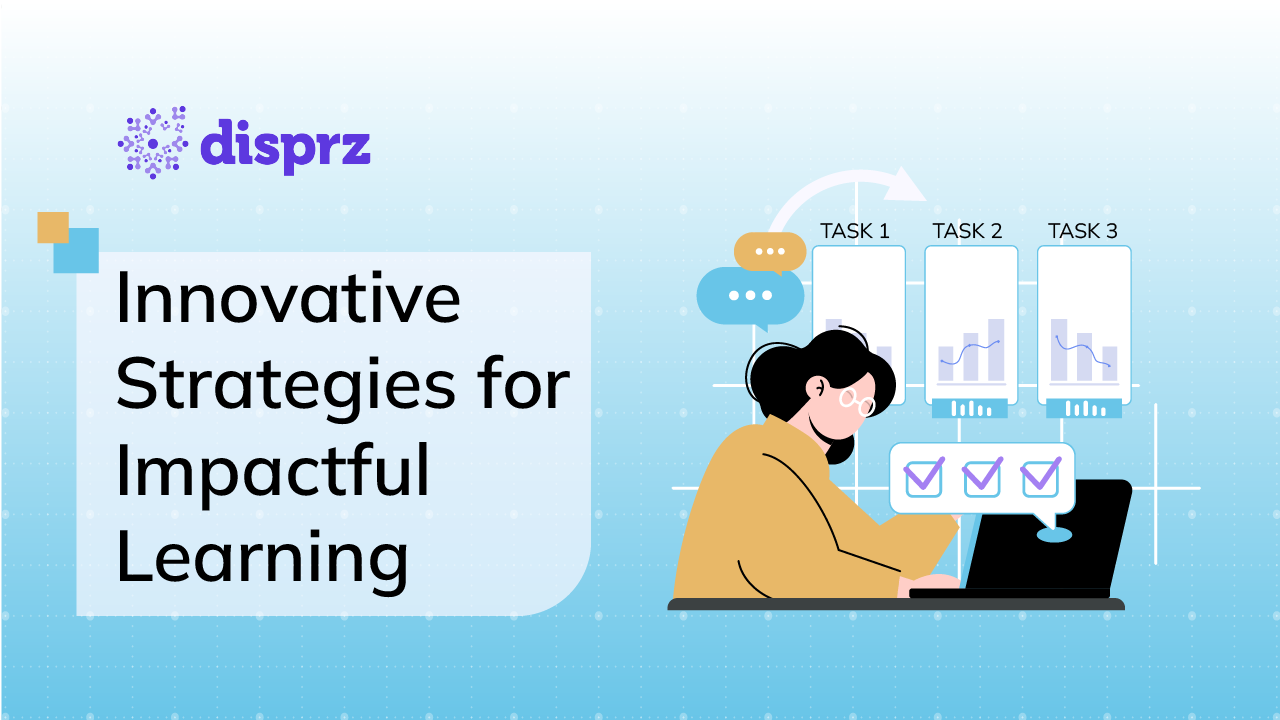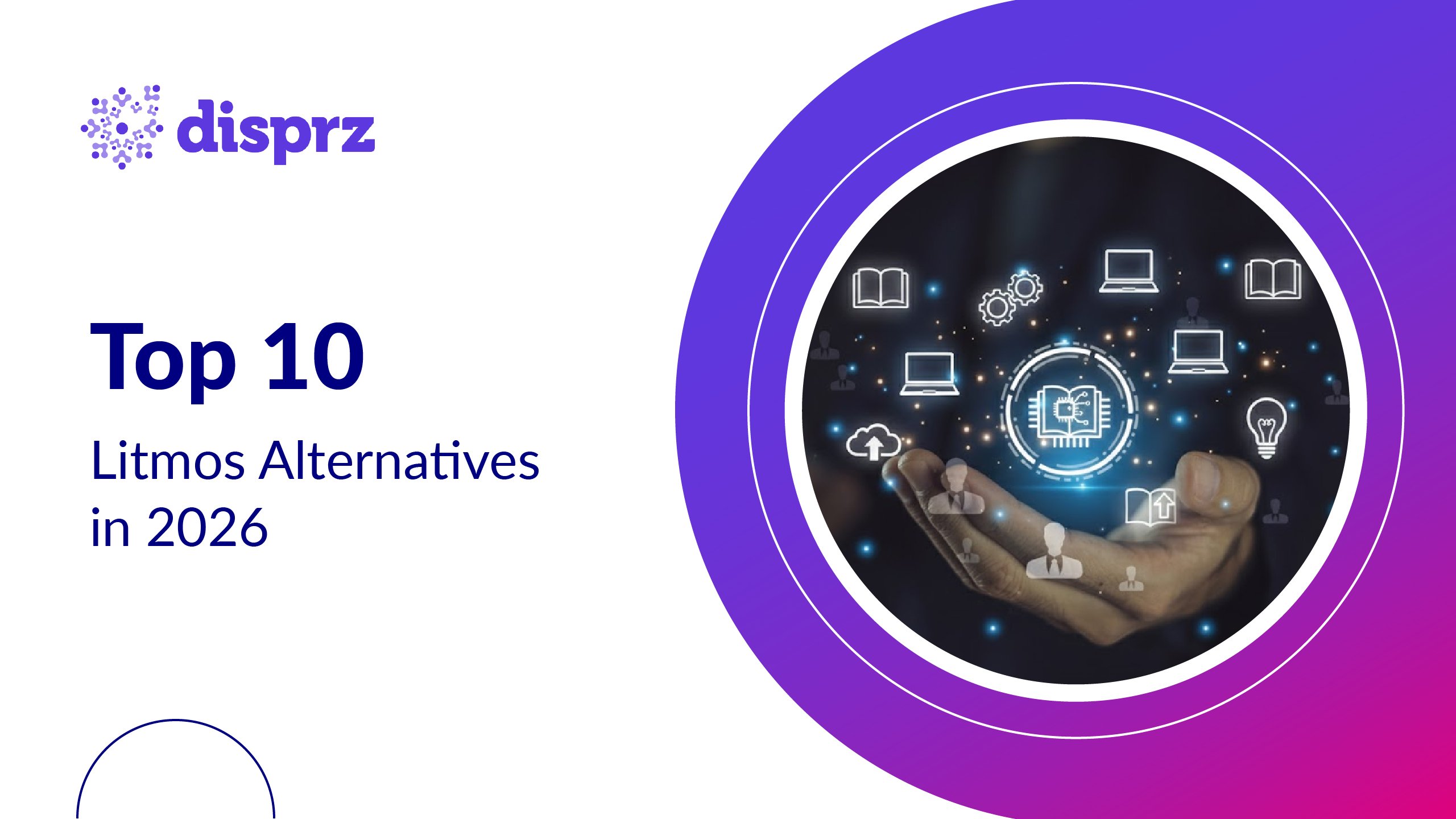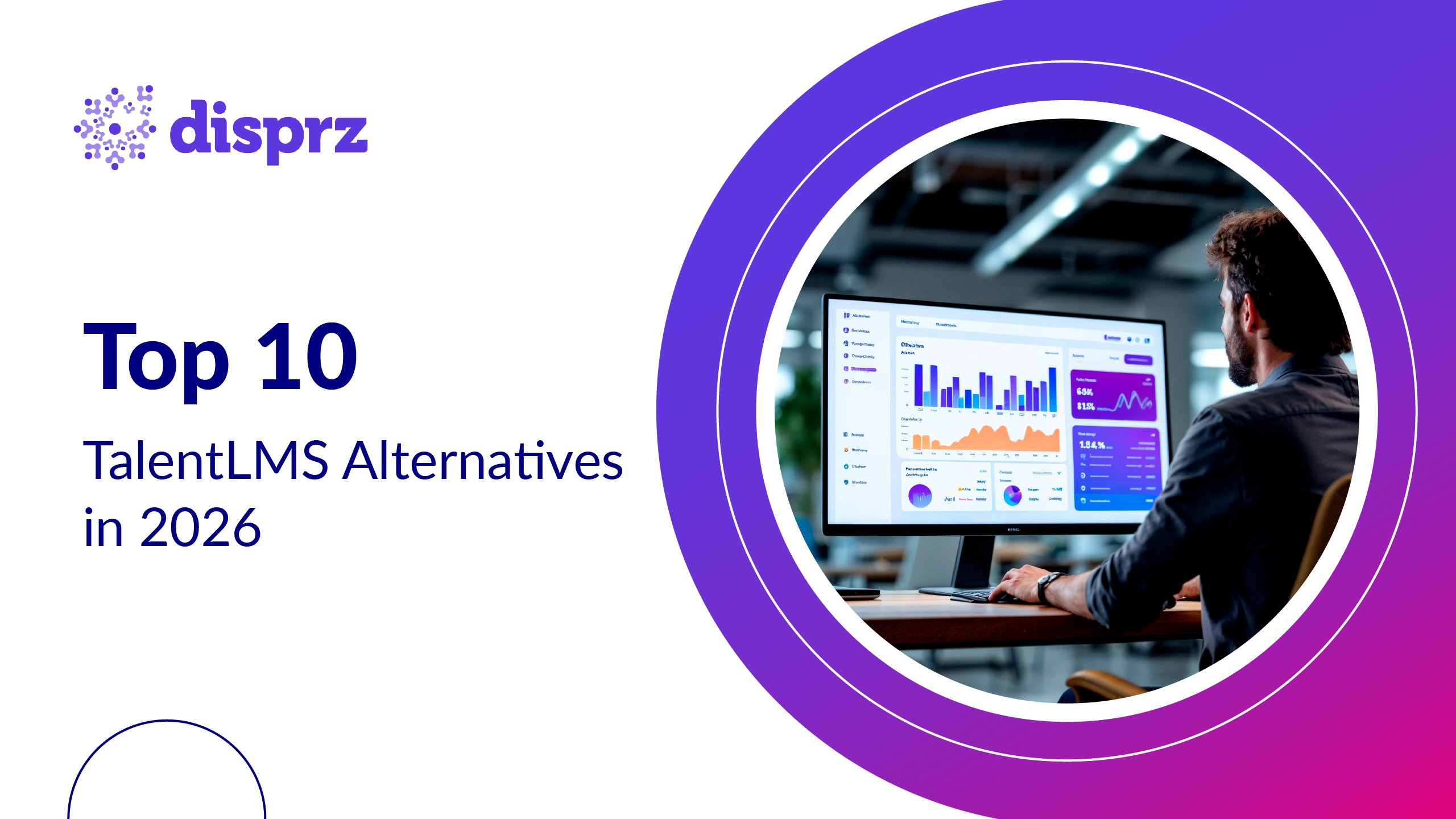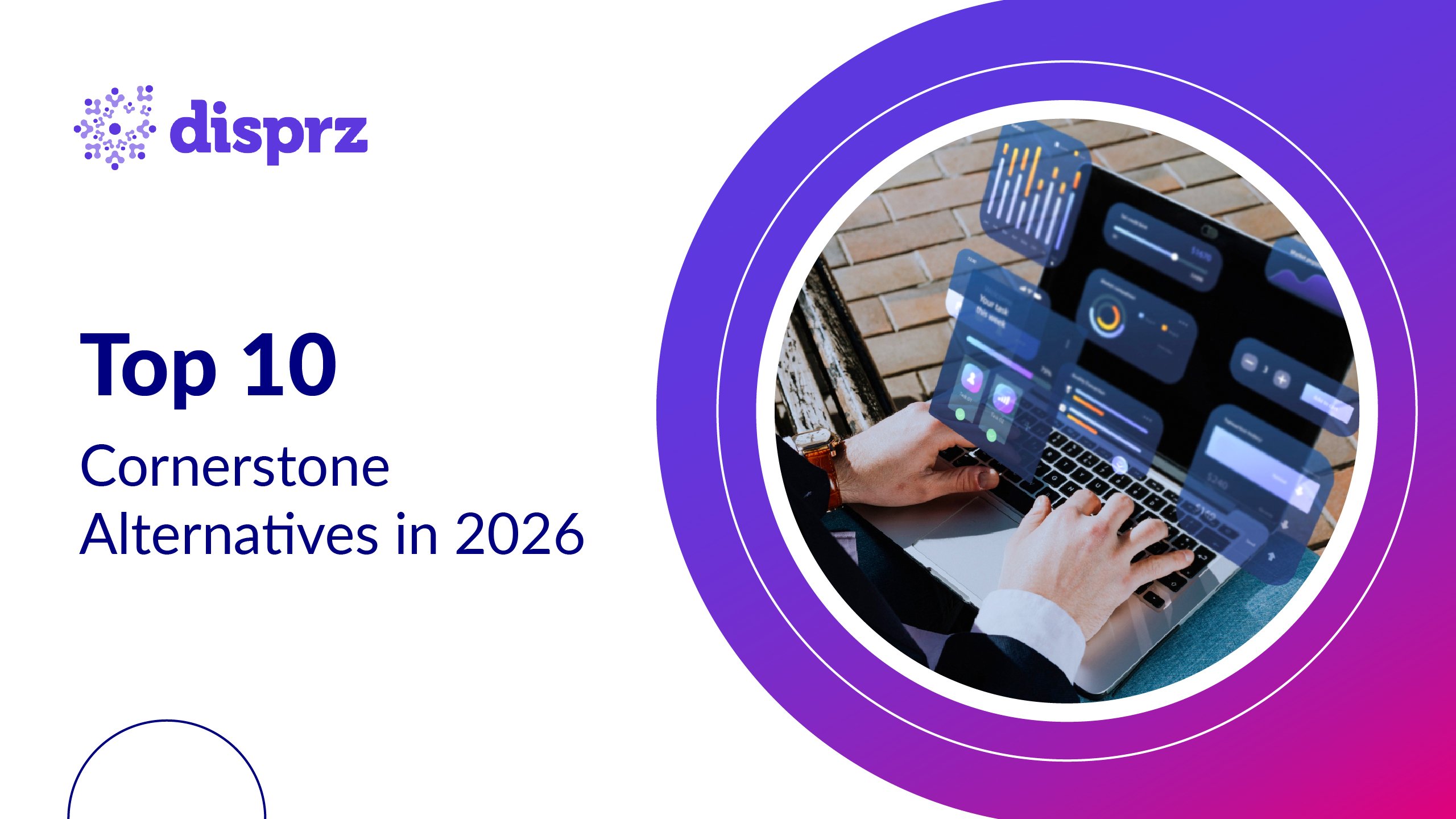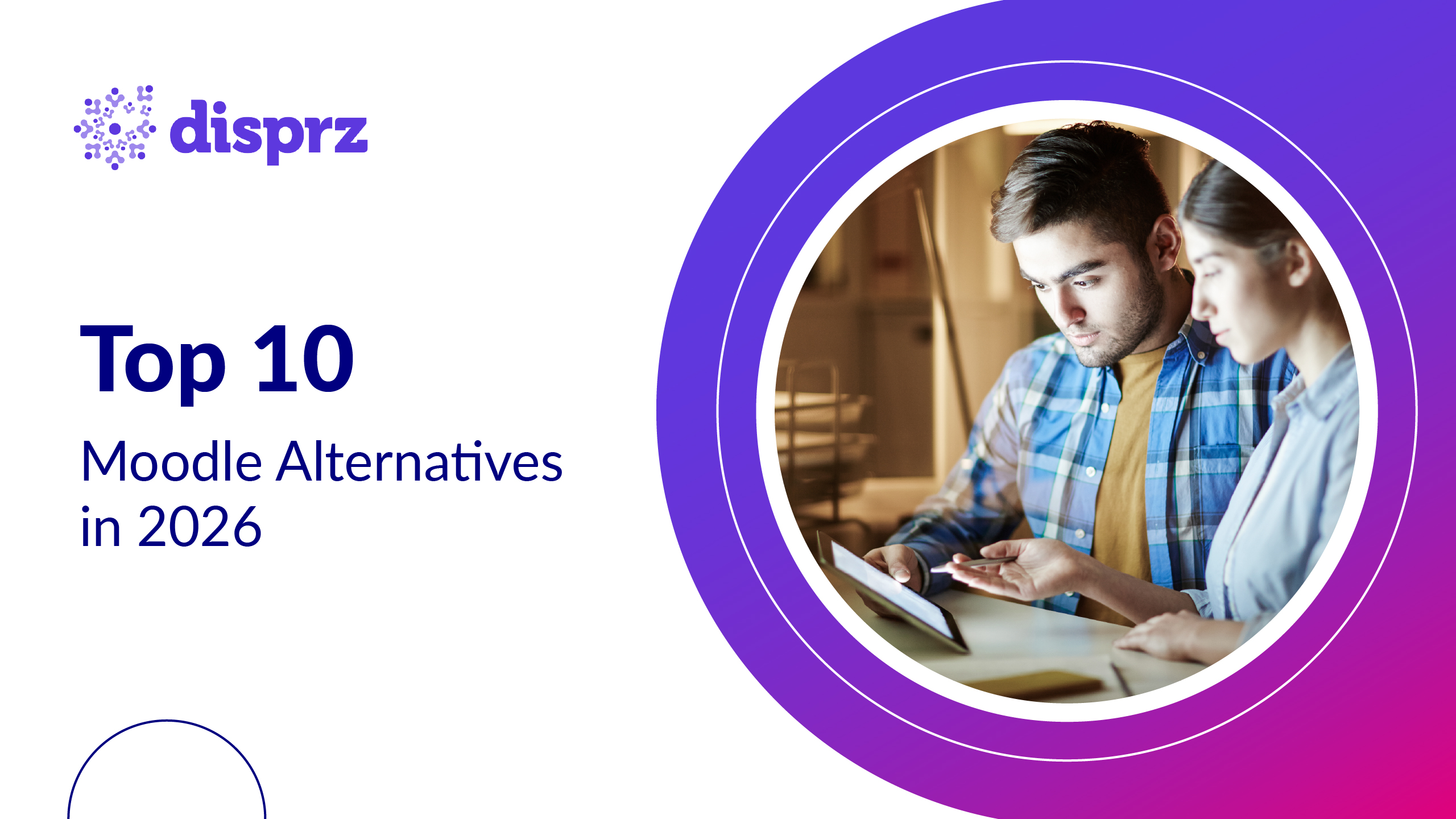Enhancing and expanding employee skill sets enables you to build workforce agility and prepares your team for the future of work. The best way to ensure the skill sets are established is to give your employees L&D opportunities through continuous and personalized upskilling.
In an insightful podcast, Terra Allas, Director of Research and Economics at McKinsey highlights how upskilling presents opportunities for businesses to grow. She shares, “Our recent analysis suggests that up to 75% of upskilling initiatives create value for the business. So, yes, the employee benefits, but so does the business, so it’s a huge win-win.”
What is upskilling?
Upskilling is a continuous learning and development opportunity for current employees to upgrade existing skills and acquire new competencies. It helps minimize skill gaps and maximize employee efficiency at the workplace.
As we advance towards a technology-driven world, current skills are becoming obsolete. Employees need regular upskilling programs to stay competitive and enhance their proficiencies.
Effective upskilling programs can help companies:
-
Build functional, digital, leadership, and soft skills
-
Improve overall workforce performance
-
Unlock opportunities for internal mobility
-
Ensure company growth
Upskilling and reskilling, although used interchangeably, are two distinct concepts. Understanding the difference between upskilling and reskilling is the right strategic move to create a successful skill-driven learning culture.
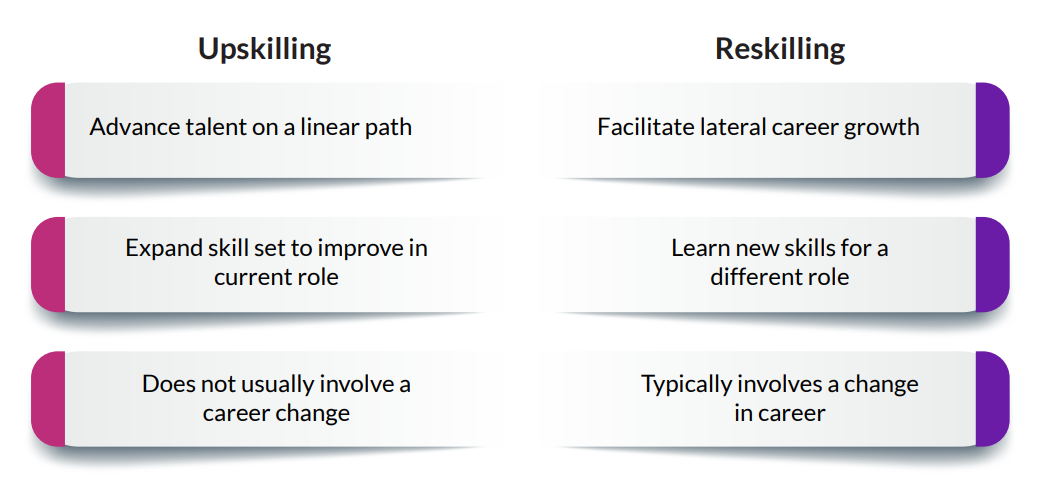
Upskilling is focused on helping employees become more knowledgeable by enhancing capabilities that relate to their current position. While reskilling is about equipping workers with skills to switch lanes and move into new roles within your organization. Upskilling focuses on linear growth, while reskilling facilitates lateral growth.
Why is upskilling important?
Upskilling enables your workforce to stay up to date with industry trends. It’s quickly becoming an essential component of performance analysis metrics as well in the modern workplace. Companies that don’t invest in upskilling risk falling behind their competition. Hence even big brands are making upskilling a priority in their organization.
Amazon, for example, recently announced a commitment of over $700M to its Upskilling 2025 program, an internal training initiative to promote customer satisfaction and worker advancement.
Roles and career paths are changing as more automation and artificial intelligence enter the mix. These introduce skills gaps, which must be closed quickly for the business to succeed.
Strategically designed upskilling programs play a significant role in bridging these skill gaps. It supports career goals by unlocking opportunities for talent development and internal mobility. Upskilling helps develop functional, leadership, and digital skills to make current employees future-ready and ensures long-term business growth.
What are the benefits of upskilling?
The landscape of employment has become unpredictable. The possibility of a recession, quiet-quitting, high-profile layoffs, and economic challenges puts employers and employees at risk. Though you cannot completely avoid uncertainty, you can safeguard your business and employees by equipping your workforce with the requisite skills.
Find below the benefits of investing your time and effort in upskilling employees:

1) Improves employee retention rates
70 % of employees would consider leaving their current job for another organization that would invest in their development and training. Forbes – keeping your talent
The modern workforce is ambitious and strives for continuous growth. When companies value employees’ development and career advancement, they tend to stay loyal and offer the best performance. So it’s critical to offer employee upskilling programs and progression opportunities to drive long-term retention.
2) Foster continuous learning
Businesses with a continuous learning culture not only thrive in retaining their current workforce but also prevail in attracting the best talent. Through a solid upskill strategy, you can foster a culture of continuous learning. Such learning-driven companies become more competent, build critical skills, innovate frequently, and build a workforce that is prepared for the future.
3) Boost employee productivity
Through effective upskilling programs, you can empower your employees with the relevant skills they need to optimize their daily tasks and help increase productivity. In fact, PWC found that 93% of CEOs who introduce upskilling programs see increased productivity. It enables them to become more efficient, reduce errors, and carve out time to deliver better value-driven outputs.
4) Drive employee career growth
Upskilling helps employees unlock their full potential and explore new opportunities for growth within the organization. Elevating workplace skills helps employees become more proficient in meeting and exceeding management expectations.
Due to their great performance, they receive positive feedback that boosts their self-esteem and motivates them to work harder. Through constant skilling and feedback, employees can grow as the company grows and ascends the career ladder successfully.
How Upskilling is Transforming Today’s Workforce?
In today’s fast-changing business landscape, upskilling is no longer a luxury—it’s a necessity. Companies are facing rapid shifts driven by technological advancements, automation, and changing consumer demands. To stay competitive, organizations must invest in employee development, ensuring their workforce has the skills needed for the future.
Upskilling goes beyond traditional training. It focuses on continuous learning, helping employees adapt to new roles or advanced technologies. Businesses that prioritize upskilling see improvements in productivity, innovation, and employee satisfaction. With personalized learning platforms and digital tools, companies can now offer tailored training programs that meet individual needs while aligning with organizational goals.
As the future of work evolves, upskilling will remain key to thriving in an ever-competitive market. The time to start preparing your workforce is now.
How to build a successful upskilling program in 2025?
Taking the old route to skill development will lead to the same disappointing results. Hence it is crucial to make your on-the-job training advanced and engaging. To help companies drive an impactful skilling process, Disprz envisioned and designed the 4-S cycle. It is a skill-driven approach that helps organizations set themselves up for future success and boost employee retention rates by making upskilling more streamlined, engaging, personalized, and employee-focused.
4-S SKILLING CYCLE is comprised of:
-
Skill Identification
-
Skill Assessment
-
Skill Building
-
Skill Impact
All you have to do is follow the 4 simple steps of the skilling cycle mentioned below to build a solid upskilling foundation.
Step 1 – Skill Identification – Set the right goal for the right skill
Start your skilling journey by setting “SMART” Goals. Your goals should be Specific, Measurable, Attainable, Relevant, and Time-bound. Once you have completed your goal setting move to developing a centralized skill repository where you benchmark role-based functional, leadership & digital skills that employees need to develop.
A skill repository should be created by identifying trending skills and defining their proficiency level for each role. Ensure your skill repository is aligned with the changes in your industry and is updated regularly.
Step 2 – Skill Assessment – Gauge employee proficiency in each skill
Evaluate the previously defined proficiency level for each role-driven skill through various subjective and objective assessments. Doing this helps in tracking the employees’ potential and performance.
Conduct a skills gap analysis to evaluate the employee’s current capabilities. You can do it in the following ways:
-
Ask the employee to answer a questionnaire.
-
Ask the manager, peers, and employees to provide ratings on a scale of 1 to 5 for a particular skill.
-
You can even conduct adaptive and coding assessments to identify skill gaps for technical roles.
Step 3 – Skill Building – Foster an employee upskilling culture
On the basis of the proficiency level derived for every skill, plan a skilling-building process.
You can follow the below steps to develop an impactful skilling process to embed learning in the flow of work.
-
Start by developing a content strategy to curate and recommend quality content.
-
Incorporate a skilling technology like LXP to assign courses in the form of a journey.
-
Offer blended learning experiences to build the necessary skills. For instance, introduce a concept in a live session and then dive deep into it through personalized online learning modules.
-
Leverage the capability of an AI-powered LXP that automatically recommends learning modules based on these benchmarked skills.
-
Set a process for reward and recognition for learners who are completing courses and achieving good assessment scores.
Step 4 – Skilling impact – Evaluate the upskilling results
Just creating and assigning L&D courses won’t help in developing the requisite skills. It is crucial to track whether the skilling initiatives are improving employee performance and creating a business impact. Hence, dive deep into learning analytics to find out if your skilling initiatives have improved the overall business efficiency.
Based on each role’s pre-defined Key Responsibilities Areas (KRAs), analyze if the knowledge has transformed into performance. Measure the impact of learning on employee engagement, productivity, turnover, and business revenue by measuring the training effectiveness.
Top challenges faced by L&D teams while upskilling employees
L&D leaders often prioritize the creation of skilling programs for employee development. However, they may overlook the importance of directing the upskilling initiatives toward productive outcomes. To ensure the success of these high-quality skilling programs, it is crucial to closely examine and address the challenges that can impact their effectiveness.
In the following section, we will outline the key challenges that L&D must overcome to enhance learning experiences.
Lack of regular skill audits
Skills have a shelf life of two to three years. Thus you need to update your skill directory regularly to ensure employees develop the latest skills to respond to changing market demands. So conduct a skill audit and add trending skills to the repository regularly.
Overlooking self-paced learning
Employees learn at different paces. Hence, instead of bounding them to time-based training, give them the flexibility to learn at their own pace. Implement a learning technology that aligns with their schedule to facilitate self-paced learning. With a wide array of content on one platform, they can easily engage in interest-based learning and improve their skills.
Ineffective training methodologies
Poor course enrollment and completion rates are key signs that your training is ineffective. So, bid goodbye to obsolete training methods and adopt modern upskilling strategies like Gamification, Personalization, and Skill-driven learning. These modern learning methodologies will help you drive employee engagement and get better returns on your learning investment by amplifying learning.
Hiring is not aligned with the upskilling strategy
It’s common for companies to think about upskilling once an employee joins the company. However, that’s not enough. The hiring process should also be in sync with the upskilling strategy. It is crucial to recruit employees with core capabilities and enhance them further through on-the-job training. Based on the skills defined in the repository, the hiring manager can conduct subjective or objective assessments to hire employees with core competencies.
Upskilling programs are not measured and improved
L&D teams do not have the right technology to show analytical and reporting data. Companies need to incorporate learning technology with advanced reporting capabilities to help L&D monitor the learner’s progress. L&D insights can help in taking real-time steps to enhance the upskilling program for improving the overall learning experience.
6 best practices to ensure upskilling success
Upskilling can not only help improve employee performance, but it plays a critical role in retaining the best talent. Businesses can boost employee retention by offering career development and mobility opportunities through a solid upskilling program.
Below are the best practices for building effective upskilling programs.

1) Gain employee commitment to learning
-
Emphasize the benefits of investing time in upskilling to ensure employees respond positively to your skilling initiatives.
-
Be transparent to employees about why skilling is important and how it can impact job performance.
-
Assure employees they will receive support in terms of time, resources, and guidance.
2) Train the trainers
-
Give extra attention to the leadership roles. Upskill the trainers to ensure they have the essential capabilities to drive engaging skilling sessions.
-
Trainers should be equipped with digital skills to cope with technological advancements.
-
Trainers continuous learning opportunities to create new strategies to level up employee skilling.
-
Make trainers more agile to act in real-time during unforeseen challenges.
3) Tap into social learning
-
Boost collaborative productivity by giving employees opportunities to learn from each other.
-
Provide a platform where team members can share resources and brainstorm new ideas.
-
Outline specific goals and guidelines to encourage meaningful conversation.
4) Leverage stretch assignments
-
Through stretch assignments, promote internal mobility and find out if employees have the skills to take up new responsibilities.
-
Uncover hidden skills through assignments that evaluate if your employees can move beyond their expertise.
-
Present unfamiliar challenges and give employees a platform to build new skills to think outside their day-to-day job.
-
Identify potential versus performance to build a pipeline of leadership talent.
5) Embrace AI-driven Learning Experience Platform
-
Accelerate skill development with an LXP that facilitates personalized, skill-based capability building.
-
Manage end-to-end skilling with a single-access platform.
-
Drive hyper-personalized learning with AI-driven content recommendations.
-
Tailor content to individual skills, job roles, and learning preferences to increase knowledge retention.
6) Deliver mobile learning in the flow of work
-
Make skilling content more accessible through mobile learning.
-
Increase learning adoption and facilitate self-paced learning with knowledge nuggets.
-
Create skill-driven learning journeys using flashcards to speed up skill-building in your organization.
Key takeaways to create a continuous learning culture
Upskilling can help empower your employees with the right skills to be future-ready. To ensure success from the upskilling initiatives, you need to implement them in the right way. Here are a few takeaways from this insightful piece to drive upskilling at scale in your organization.
-
Foster a continuous employee learning culture.
-
Create a skill repository and benchmark skills for every role.
-
Assess potential and performance through various assessments.
-
Build role-based personalized skilling journeys.
-
Measure the skilling impact on workforce skills and business performance.
-
Embed learning into employees’ flow of work.
-
Ensure employees’ buy-in to learning.
-
Train the trainers to efficiently upskill the workforce.
-
Leverage mobile learning to make skilling modules more accessible.
-
Incorporate an LXP to speed upskilling.
The use of Advanced skilling technology like Disprz LXP can help elevate your upskilling programs. You can easily manage the 4-S cycle to facilitate skill building at scale in your organization. You can use this cutting platform to ensure on-the-job training with AI-based recommendations and in-depth analytics to enhance your skilling programs continuously. Check out how Disprz LXP can help you take the upskilling game to the next level.



